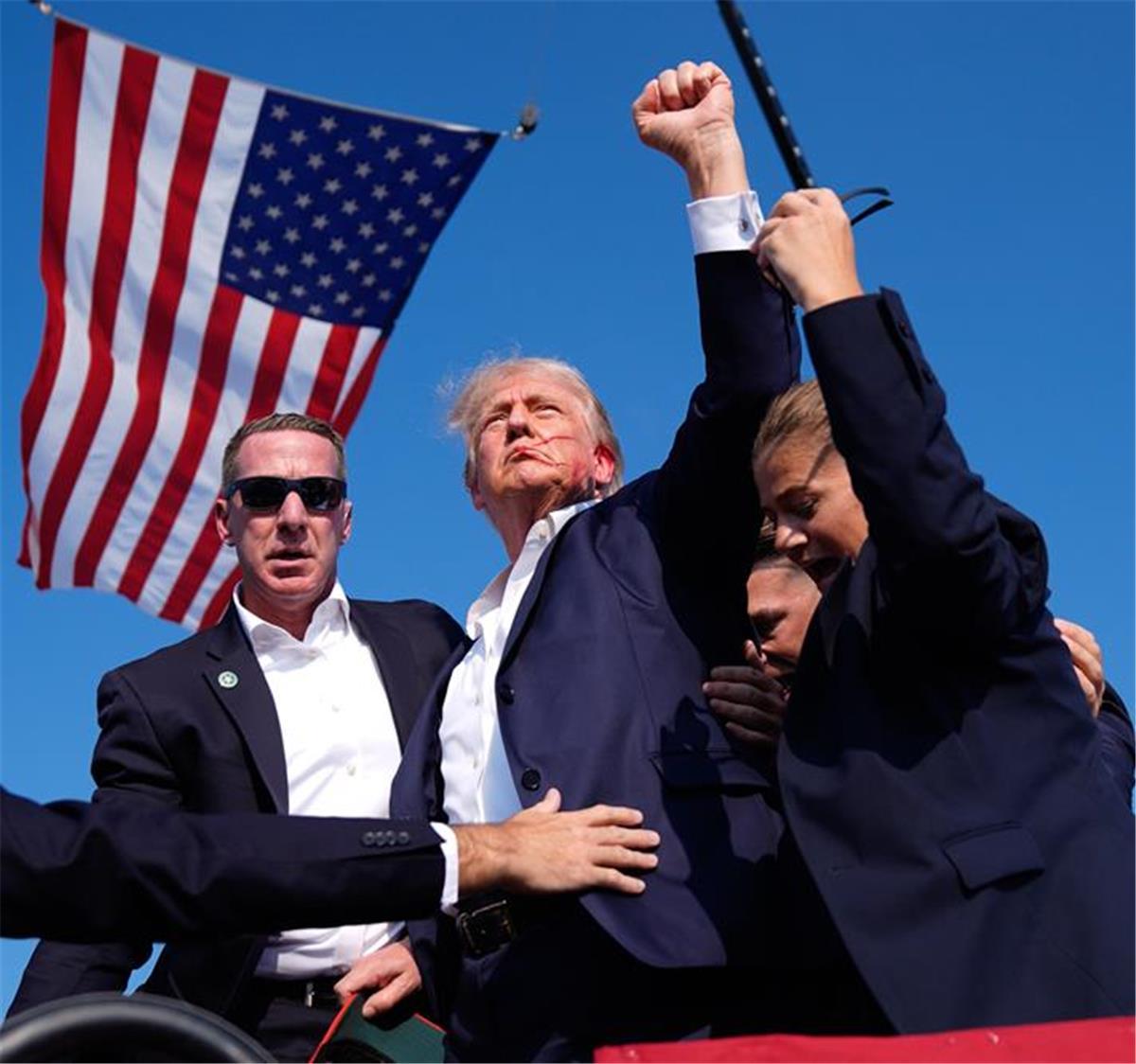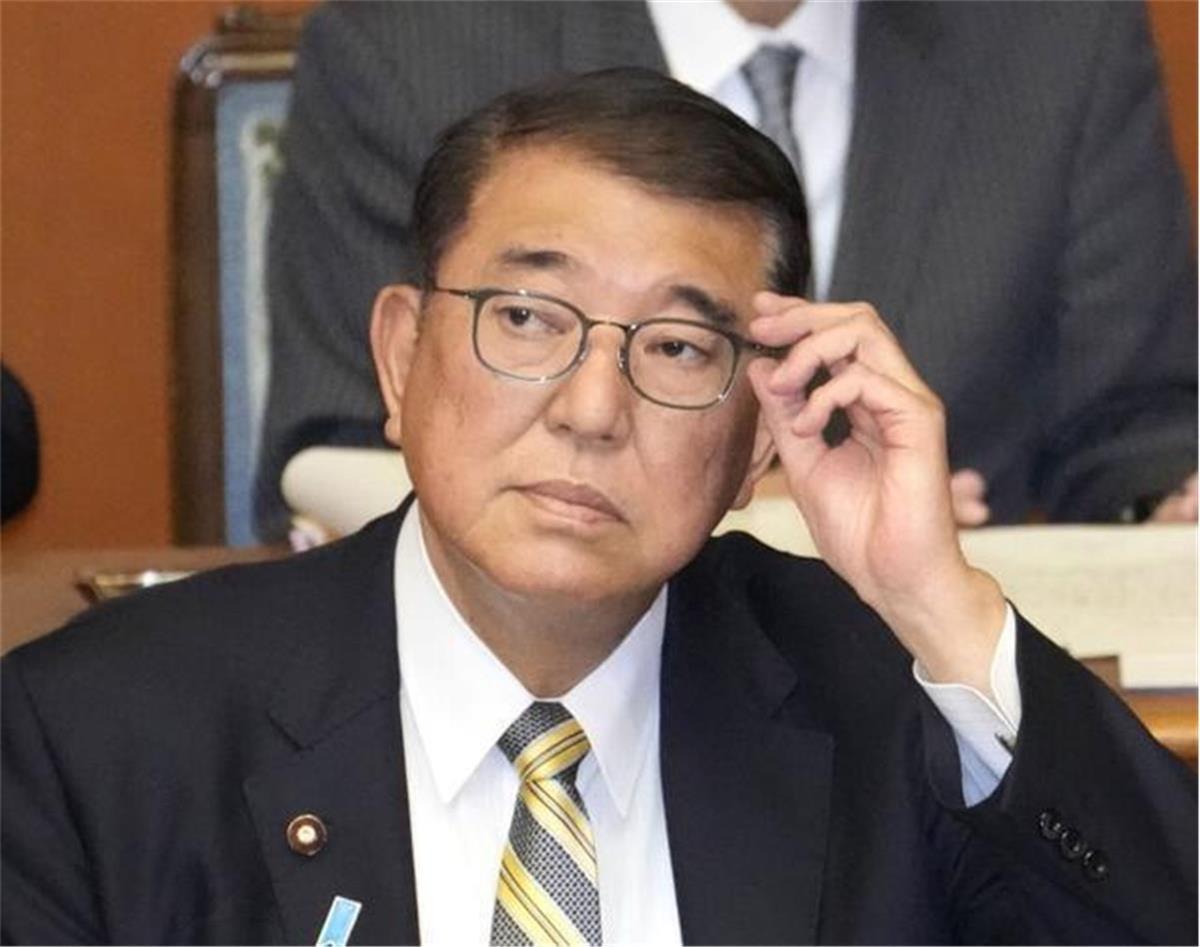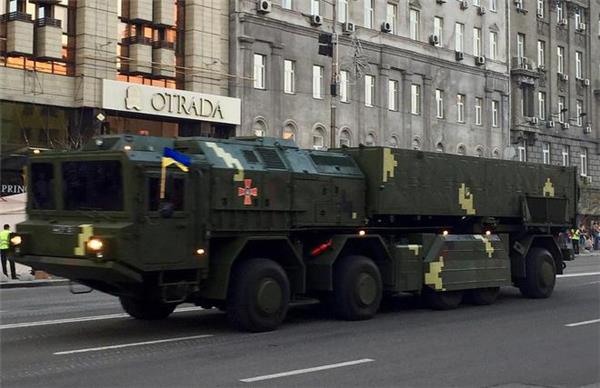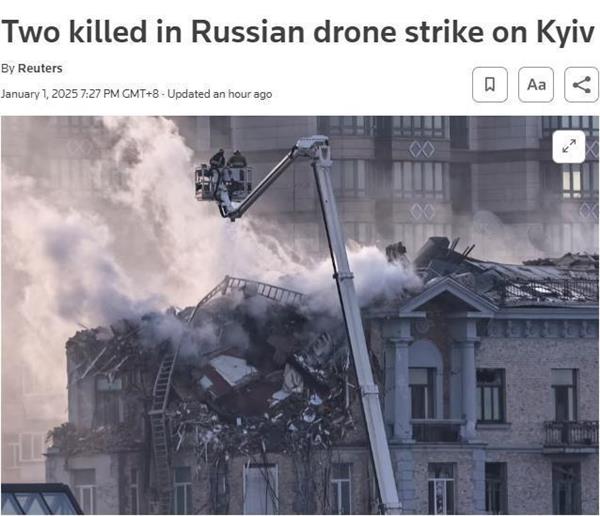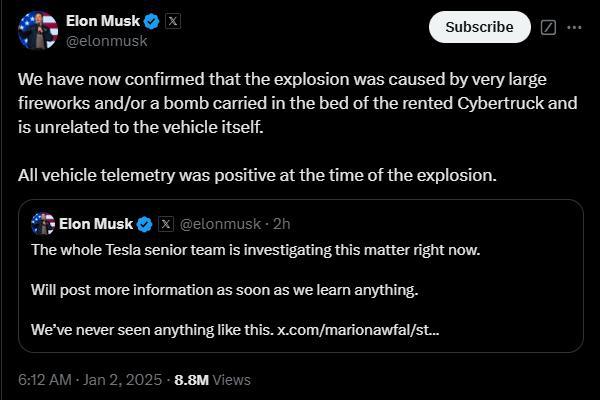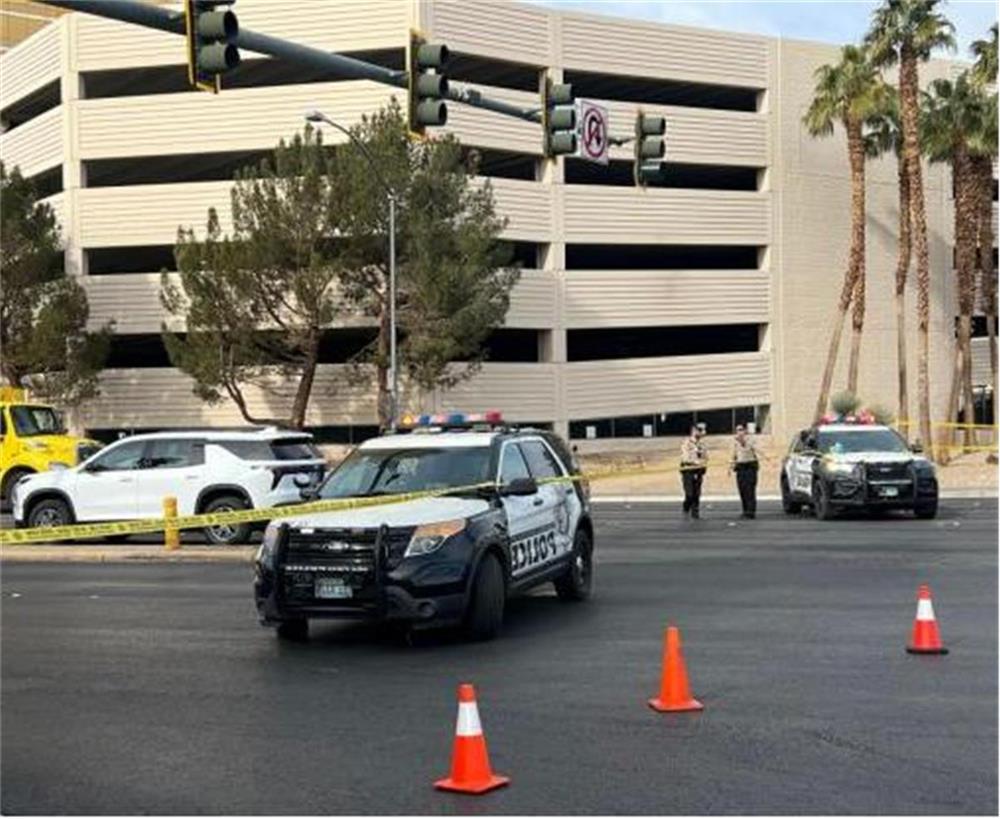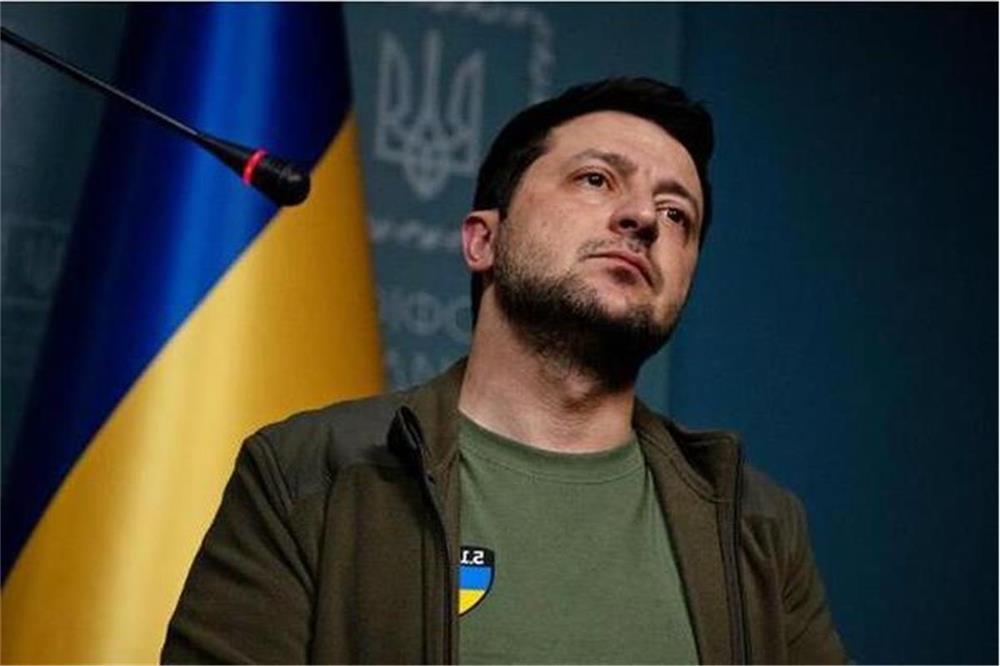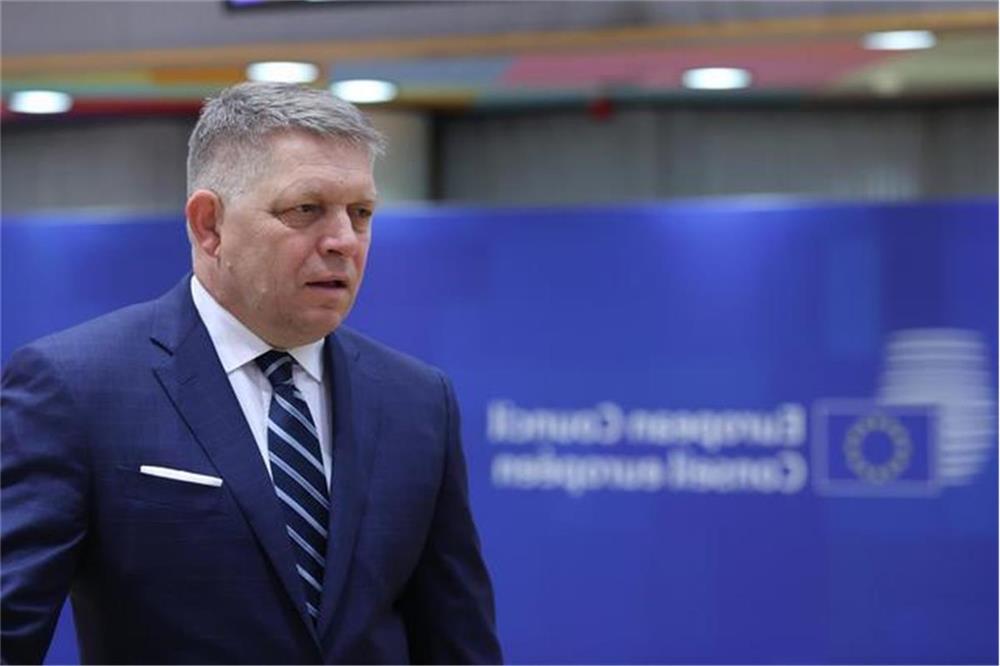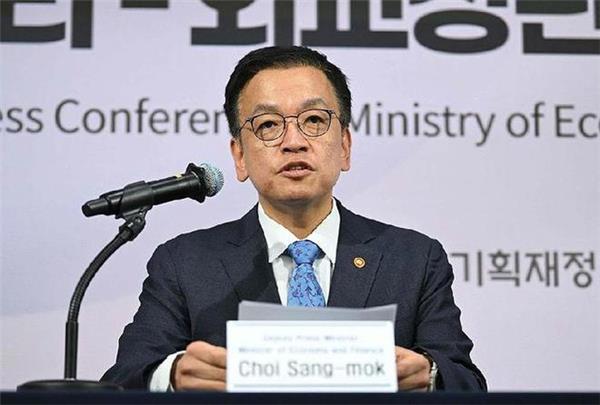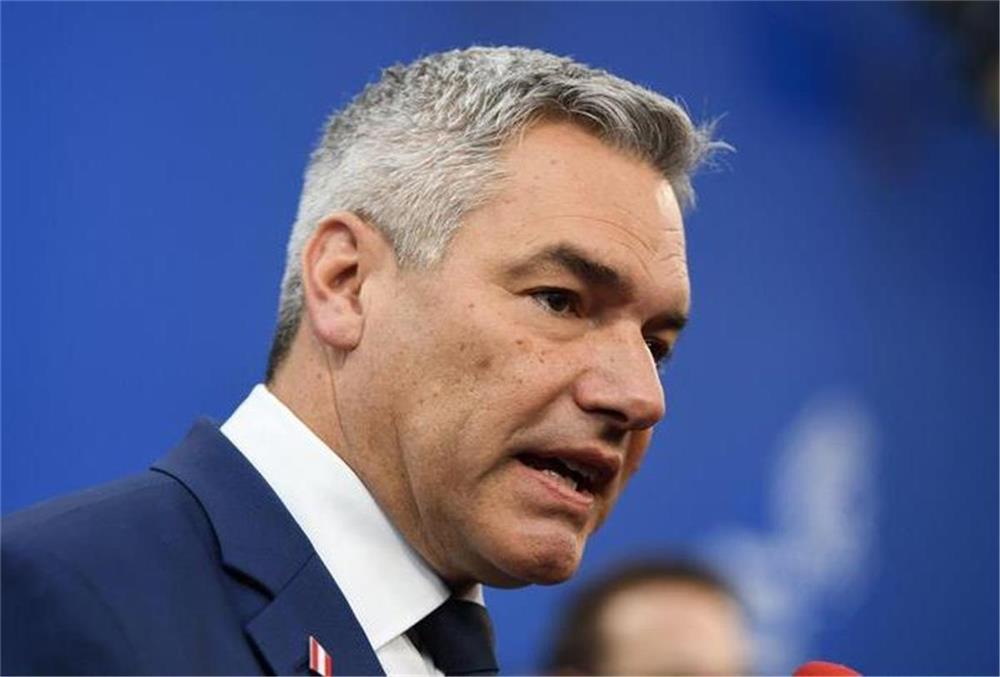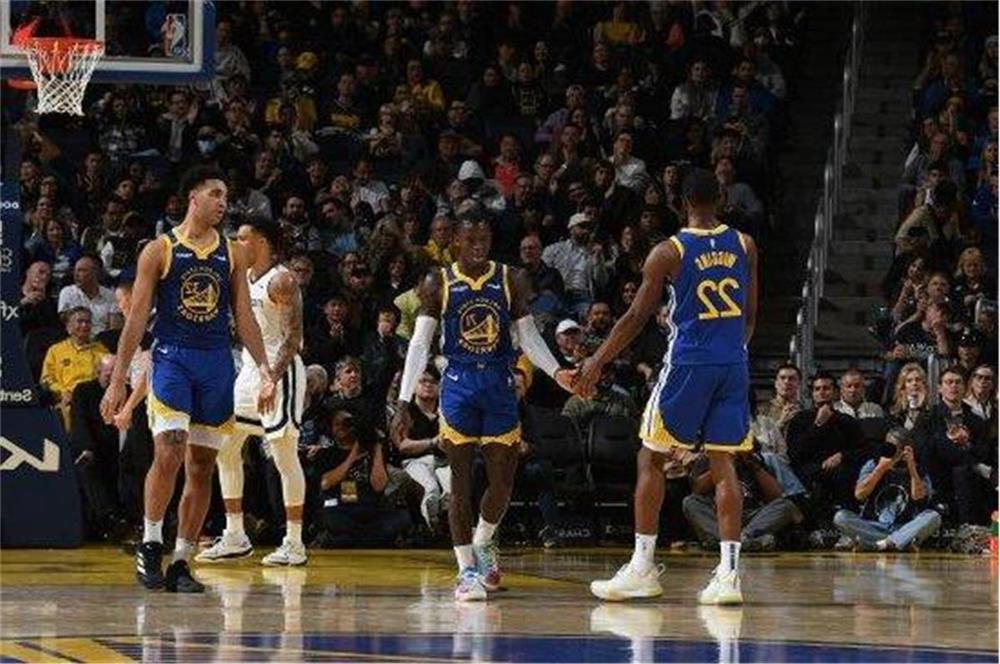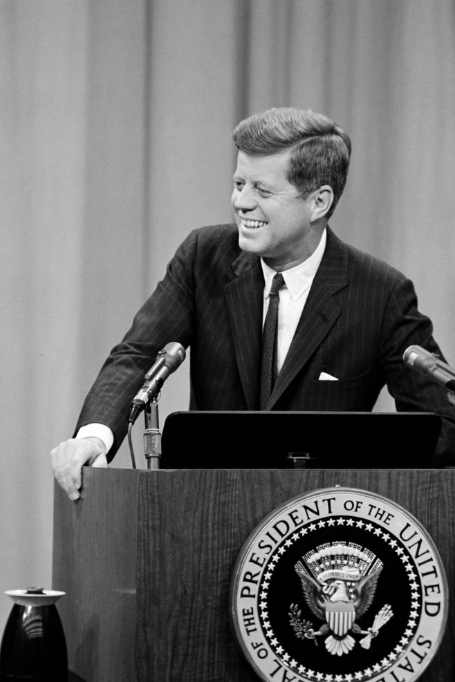Yoon Suk-yeol's Pyrrhic Victory Begins in the Presidential Residence of His Wife's Design
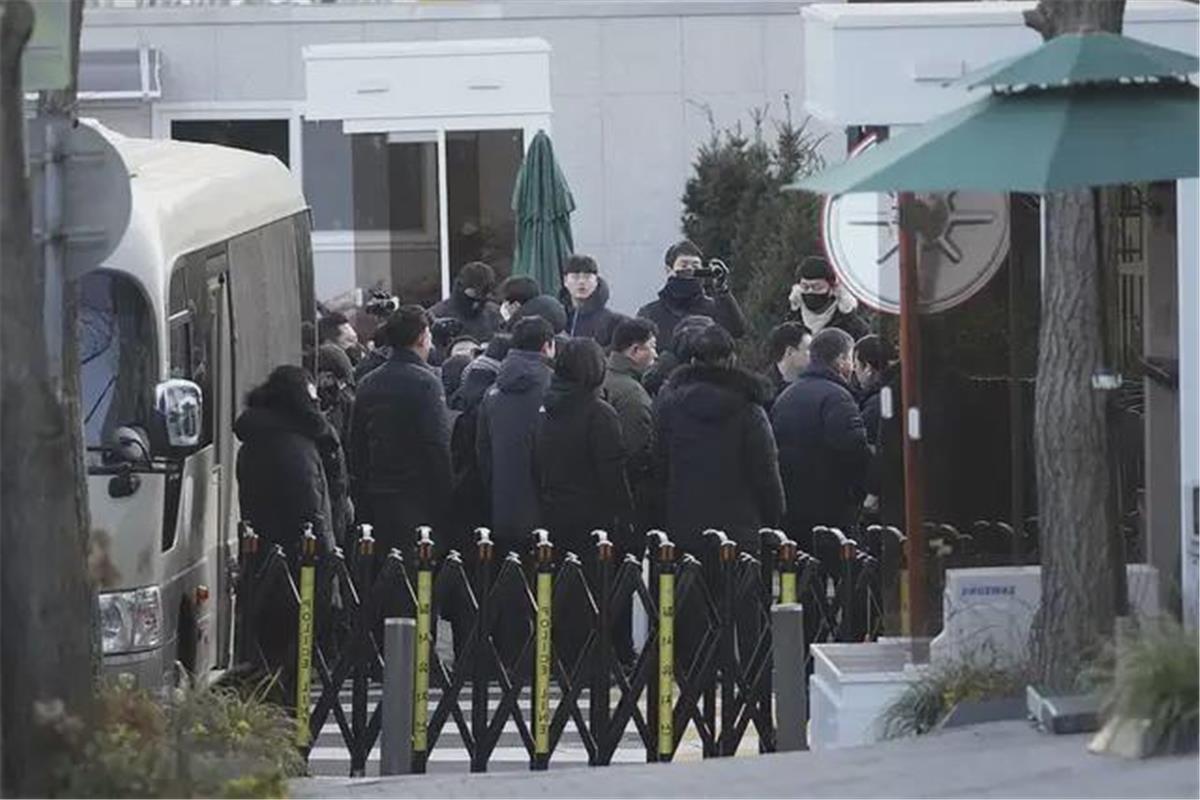
The presidential residence in Hannam-dong, Seoul, consists of two low-rise buildings built in 1970, nestled in the greenery less than four kilometers away from the presidential office at Cheong Wa Dae in Jongno. For a half-century, it served as official government housing for South Korea's foreign ministers until President Yoon Suk-yeol and his wife, Kim Jian-hee, moved in there in November 2022.
It was, according to South Korean local media reports, "the residence that Kim picked out herself, like a house-hunter." First, she called up the last foreign minister to stay at the residence to ask "can I just take a look?" Then she inspected every corner of the residence. There was one tree that she didn't like: "cut it down – I want to see Namsan [South Korea's 'Mt. Fuji']." (Note: Namsan is a mountain in the center of downtown Seoul, close to Cheong Wa Dae.)
And it was also at this residence that Yoon and Kim staged what they saw as the endgame of their political careers, after they decided to hole up there following their attempted state coup on December 3. The residence was turned into an impregnable fortress from which they refused to budge, even as officials at the presidential office, Cheong Wa Dae, four kilometers away, could do nothing about it. For weeks, even the Supreme Court's writs of summons, sent to Yoon and Kim to appear at the court to answer questions about the December 3 attempted coup, could not be delivered.
Then, on the morning of January 3, after a long standoff with the residents of the presidential residence, a team of officials from the Special Prosecutor's Office for High-Ranking Public Officials (CIO) sent to arrest Yoon, whose arrest warrant had been issued on December 31 by the Seoul Western District Court, finally tried to enter the residence. The raid was carefully planned and lasted for more than five hours, but it ended in failure.
Around 1:30 p.m. local time on the same day, some five hours after CIO officials and members of the presidential protection force, under the command of the Presidential Guard Office, faced off against each other in front of the residence, the CIO withdrew its officials from the scene after deciding that "it would be difficult to execute the arrest warrant for the time being."
"Street Warfare," Physical Fights, and "Delay Tactics"
The fight at the Hannam-dong residence was not unexpected. Both sides began preparing for the showdown on January 1, 2025, the day after the South Korean Supreme Court issued its arrest warrant. On that day, Woo Dong-un, the head of the CIO, held a press conference at which he declared that he would not back down from the decision to arrest Yoon.
Woo is an acquaintance of Yoon, who studied law at Seoul National University. When the CIO was established in December 2020 to investigate crimes committed by high-ranking public officials (including the president), Yoon, who was then the conservative People Power Party's presidential candidate, recommended Woo for the post, and President Moon Jae-in appointed him to the position in January 2021.
But Woo was not Yoon's first choice. In fact, Yoon's first choice was Jeong Gwi-seon, a judge who was also recommended by the main opposition Democratic Party and who took office as a judge of the Constitutional Court on January 1. Woo and Jeong were classmates at the Judicial Research and Training Institute and had been colleagues at the Constitutional Court.
After the CIO began investigating the December 3 attempted coup, Woo initially tried to give Yoon some dignity. He said the CIO would take a "polite approach." But Yoon ignored the CIO's summons three times, refusing to appear to answer questions. On December 20, CIO officials applied to the Seoul Western District Court for Yoon's arrest. On December 31, the court granted the request, charging Yoon with "attempted rebellion" and "abuse of presidential power." The arrest warrant is valid only until January 6.
On the evening of January 1, Yoon decided to make a defiant move. Through an aide at the presidential residence, Yoon sent a handwritten letter to the hundreds of thousands of supporters who had gathered outside the residence. "I don't want to apologize to you for anything. I have no regrets," he told his supporters. "I will fight with you. I will fight until the end." He added that he had been watching "our people's efforts to protect freedom and democracy" by livestreaming the events that had taken place outside the residence.
Yoon is apparently hoping that his supporters will fight with the CIO, and that the police, who are responsible for arresting the president, will "commit crimes such as suppressing the people" in the process. Yoon's lawyer publicly stated that "anyone, including ordinary citizens," could fight back "if someone tries to arrest the president." On January 2, as the day of the arrest warrant drew near, some of Yoon's supporters lay down on the road, and far-right pundits, encouraged by Yoon's comments, began urging supporters to "get slingshots and molotov cocktails." One radical right-wing leader announced, "If a 100-liter gasoline canister explodes at the scene, everything within a radius of 30 meters will be set on fire."
Meanwhile, Woo stated that "anyone who hinders the execution of the arrest warrant will be held accountable for obstruction of justice." But in practice, when he received the arrest warrant from the court, Woo did not immediately send CIO officials to Yoon's residence to arrest the former president. Instead, he first went to the Joint Investigation Team, which has been investigating the December 3 attempted coup, and met with officials from the National Police Agency, the National Intelligence Service, the Army, the Navy, and the Air Force to discuss how to arrest Yoon.
On January 2, the National Police Agency began tightening security around the presidential residence. Dozens of police officers blocked supporters from entering the area around the residence, and in the afternoon, the police cleared approximately 5,000 of Yoon's supporters from in front of the residence. On January 3, supporters once again began to gather in front of the residence, but even by the afternoon, only about 1,200 supporters had assembled.
At 7:21 a.m. on January 3, a team of about 20 officials entered the residence, accompanied by 150 police officers from the National Police Agency. Outside the residence, the police mobilized 45 riot police units and set up roadblocks and checkpoints. The police presence around the residence totaled more than 2,700 officers.
When the CIO officials reached the residence, they first encountered a roadblock set up by the military. According to South Korean law, the Presidential Guard Office, a special agency under the direct control of the president, does not have jurisdiction over the armed forces. The troops manning the roadblock were dispatched from the Capital Defense Command, the Seoul Metropolitan Police Agency, and the Air Force and Navy, and were under the command of the Presidential Guard Office while performing their duties.
The roadblock manned by the police force dispatched from the Seoul Metropolitan Police Agency did not block the way. About 40 minutes later, the officials twice crossed the roadblock of vehicles and approached about 200 meters from the residence buildings. But here, about 200 troops under the command of the Presidential Guard Office formed a "human wall" to block the group of officials. This was at 8:04 a.m.
The officials and the police then stood facing off against the troops for the next five hours. According to the CIO, "a large number of physical fights, big and small, occurred during this period." The officials and the troops pushed and shoved each other, but no weapons were used.
The head of the presidential guard, Park Jung-joon, appeared at the scene. The CIO officials showed him the arrest warrant. But Park said he could not cooperate because he had to follow the relevant laws and regulations and because the presidential residence was a special guarded area. This was also Park's excuse for not delivering the Supreme Court's summons, the CIO's warrants, or the orders of the Special Investigation Team on Impeachment of the President to Yoon.
As time passed, more police officers entered the grounds of the presidential residence, but they were unable to change the situation. In the afternoon of January 3, the confrontation between the CIO and the presidential guard ended. The officials and the police withdrew from the scene around 1:30 p.m., and an attorney representing Yoon entered the presidential residence. Several hours later, the attorney issued a statement saying that "arrests and searches without the consent of the authority in charge of a national security zone are illegal."
The CIO, however, claimed that the arrest warrant and search warrant issued by the court already granted the necessary exemption. On the evening of January 3, the Seoul Western District Court announced that it would begin reviewing Yoon's appeal of the arrest warrant. According to the court, the review process could take up to two weeks.
In analyzing who won and who lost in this first confrontation, Korean media argued that the CIO won the first round. The agency's decision to send officials to the residence in the middle of the workday, when supporters were unlikely to be able to mobilize easily, avoided turning the confrontation into a "street warfare" with the far-right mob. The police cleared the supporters from in front of the residence on the previous day, ensuring that the officials could access the residence safely.
On the other hand, Yoon's "private army," the presidential guard, used "ingenious tactics" to delay the arrest operation. Park, the head of the presidential guard, had previously said that "the president's private secretary and the presidential guard, if they lock the gate of the presidential residence, can be prosecuted for obstruction of justice." But on January 3, the troops under the command of the presidential guard did not block the officials
 Famous Persons
Famous Persons English
English
 Smith
Smith Facebook
Facebook Twitter
Twitter Pinterest
Pinterest Linkin
Linkin Email
Email Copy Link
Copy Link